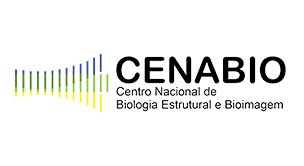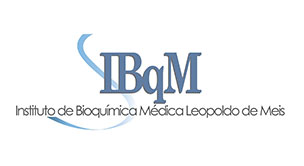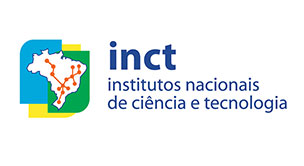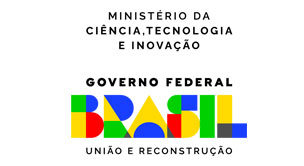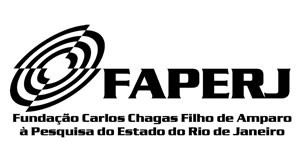Meeting inaugurates state-of-the-art microscope at Cenabio
Published by Press Office, with information from Faperj.
The VII Symposium of the National Institute of Science and Technology in Structural Biology and Bioimaging (INBEB) begins today, June 17, with the theme “Frontiers of Biostructure: Dialogs on Structural Biology and Bioimaging”. The program brings together some of the leading researchers in the field of structural biology and bioimaging, from countries such as England, the USA, Germany and Argentina. The event runs until the 19th, at the D’Or Institute for Research and Education (IDOR) and Inovateca, in the UFRJ Technology Park.
Admission is free and listeners do not need to register, but entry is subject to capacity. See the full program at: https://seminariosinbeb.wixsite.com/inbebsymposium/program
Follow the coverage on our instagram!
New microscope
The meeting also marked the inauguration of a new state-of-the-art electron cryo-microscope for multi-user projects. According to INBEB’s coordinator, Jerson Lima da Silva, also a researcher at UFRJ and president of FAPERJ, the device provides a new way of studying molecules.
“This microscope represents such a significant advance in molecular biology that its creators were awarded the Nobel Prize in 2017. It allows you to freeze molecules in motion and visualize them in high-resolution three-dimensional images,” says Jerson. “So we’ve invited some researchers from other countries to present their work, using the latest advances in this technology to demonstrate the potential it can offer our scientists in Brazil.”
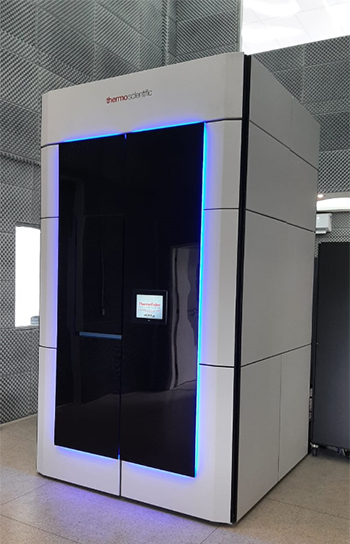
Symposium highlights
Among the speakers is Fengbin Wang, from the University of Alabama at Birmingham, USA. Wang will share recent research on nanowires – tiny wires that conduct electricity in microorganisms. These structures have great biotechnological potential, in bioenergy, such as batteries charged by microorganisms, or in the manufacture of nanometer-scale electronics. Recently, Wang’s team used electron cryo-microscopy to identify new microorganisms with these electrical structures, showing that they are more common than previously thought and easier to grow in the laboratory, thus facilitating future research and applications.
On the second day of the event, researcher Maria Grazia Spillantini, from the University of Cambridge, will show several of her results using electron cryo-microscopy technology, including the study of a rare genetic disease called juvenile onset synucleinopathy. His team analyzed the anomalies caused by a mutation in the α-synuclein protein and observed a new pattern, different from those found in other diseases related to the same protein. These findings provide a better understanding of how the mutation can lead to the development of the disease, offering new ways to study and possibly advance the treatment of this rare condition.
The meeting expects to bring together around 200 participants and will feature 13 national speakers from UFRJ, IDOR, the University of São Paulo (USP), the University of Brasília (UnB) and the National Center for Research in Energy and Materials (CNPEM), in Campinas. The six international speakers are from the University of Cambridge, England; University College London (UCL), England; the University of Alabama at Birmingham, USA; the Medical University of Göttingen, Germany; and the Max Planck Laboratory in Rosario, Argentina.
INBEB
INBEB is a research network that brings together more than 100 researchers, as well as undergraduate and graduate students, distributed in 20 associated laboratories in different states of Brazil and based at the National Center for Structural Biology and Bioimaging (Cenabio) at UFRJ. The network is focused on using images to study the molecular, cellular and physiological bases of various diseases and their respective causative agents. One of INBEB’s premises is to create bridges between basic and clinical research, and thus make progress against diseases that afflict society. In recent years, the network has been working on topics such as Covid-19, Zika, Dengue and other viruses, cancers and neurodegenerative diseases, among others.



